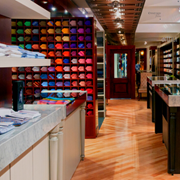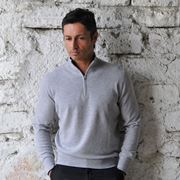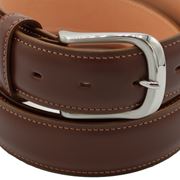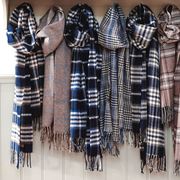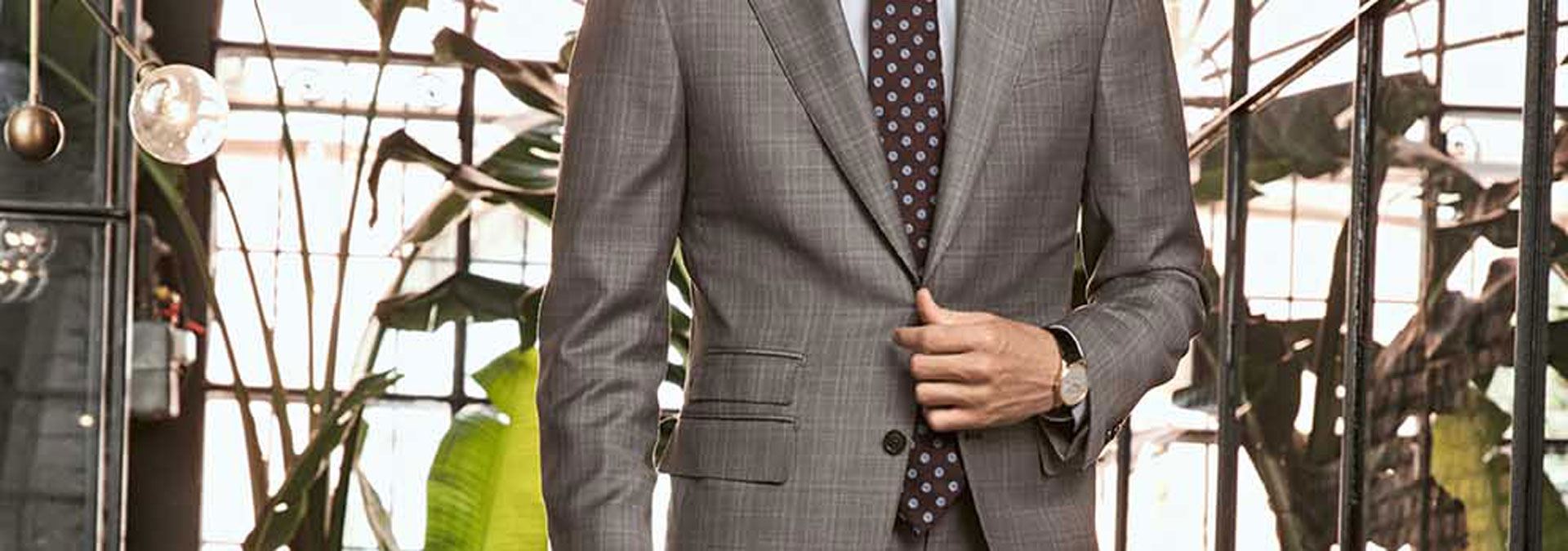The sun has finally come out and that means it's time to shed the winter layers you've grown accustomed to, like coats, scarves, gloves, thick cashmere sweaters, and heavy sports jackets. But, just because you can't wear these staples during spring and summer, doesn't mean that you have to sacrifice your carefully crafted, professional style. Here are a few guidelines on how to dress well for warmer weather.
Suit Fabrics:
When visiting your bespoke shop, choose lightweight and breathable fabrics for suits. While cotton is a good option, it tends to wrinkle and can be too casual for the workplace. Linen is a fancier choice, but it too can wrinkle. Sun reflecting "cool wool" is ideal for lightweight suits. Also, consider suits made from linen and wool blends. The linen will provide you with coolness while the lightweight wool will prevent the garment from wrinkling, granting you the best of both worlds. Silk can also provide you with a great luxurious look, but it is warmer than "cool wool" and not ideal for everyone.
Shirt Fabrics:
For shirts, there exists an extremely lightweight cotton fabric called "Swiss voile". Linen and cotton blend shirts are also a great option, keeping you cool, comfortable and producing less sweat. In short, high-quality natural fibers are the way to go. Thus, it is obvious that you should avoid synthetics like rayon and polyester blends.
Textures:
Certain weaves can provide you with more comfort in the summer heat. For example, seersucker is exceptionally lightweight and tends to pucker, which keeps the fabric from sticking to you. If you want something more formal, poplin is a good alternative. It lies flat, but is also very lightweight.
Colors:
This season lends itself well to bolder color choices, such as brights and pastels. Additionally, it is wise to consider how sweat might appear through a certain color. Sweat appears more prominently through darker colors like French blue and gray. So, it is best to choose a color like light blue or light gray. Striped or checkered shirts also help mute the effects of sweat.
Undershirts:
This may seem counter-intuitive because you are adding a layer, but thin cotton undershirts are a great way to stop you from sweating into your work shirt and therefore, they also help to prevent unsightly stains.
Socks:
During spring and summer, wear socks made from high-quality cotton, such as pima or lisle. This will help you avoid sweating into your footwear, which can lead to unpleasant odors. You can even purchase low-cut socks to limit the coverage of cotton, but still enjoy the benefits of wearing socks.
Accessories:
Avoid discomfort and overheating by keeping your outfit as uncluttered as possible during the hotter months. While they are fashionable, hats, ties, and vests can add unnecessary weight and layers. If you are choosing to go tie-less, a beautiful silk pocket square is a great way to maintain a classy appearance.

